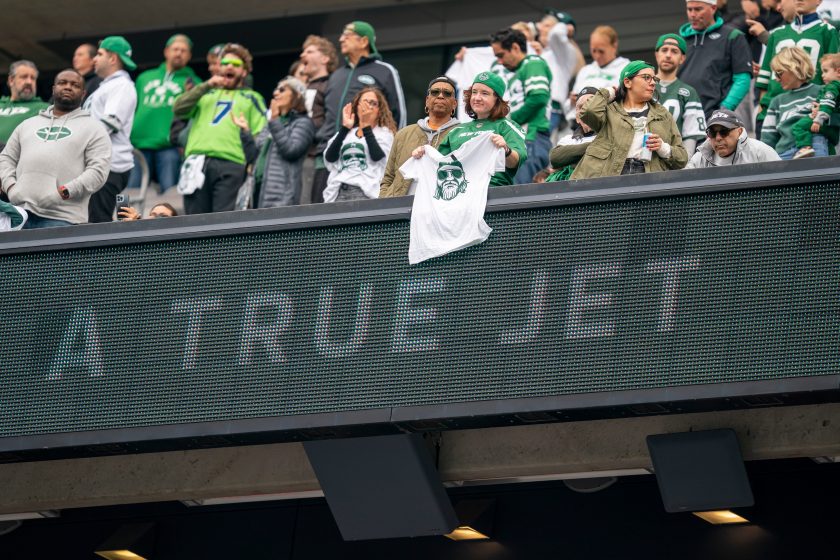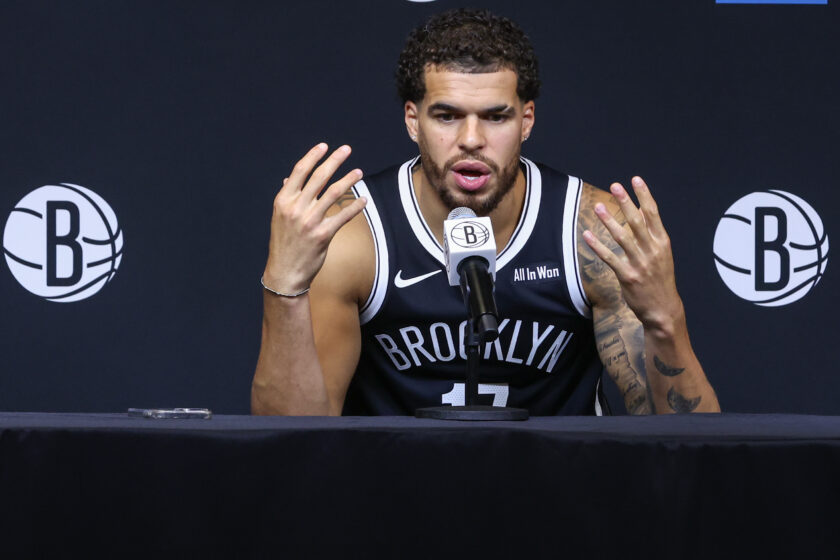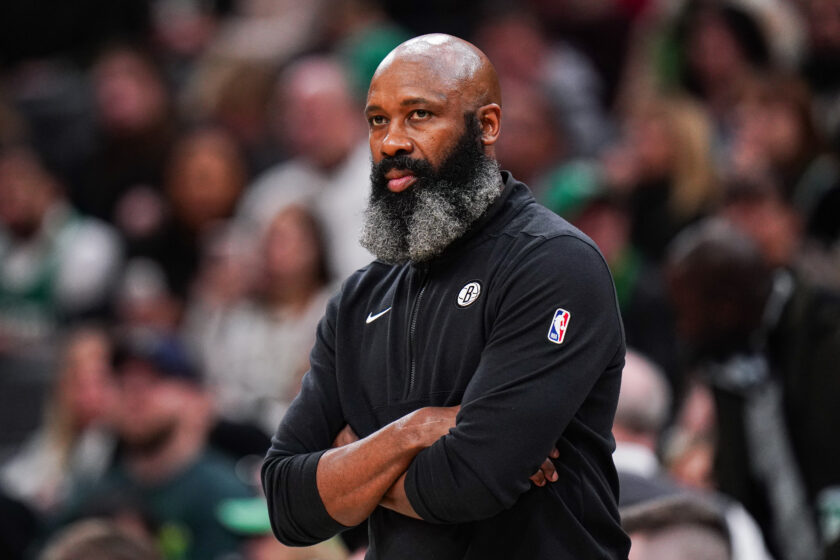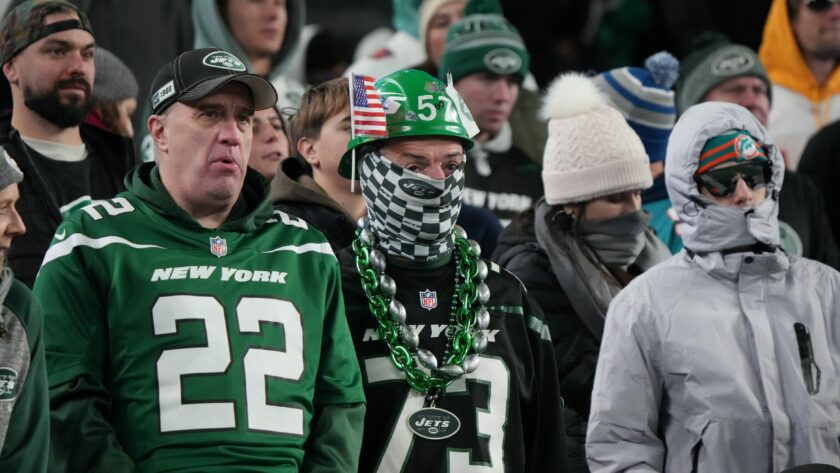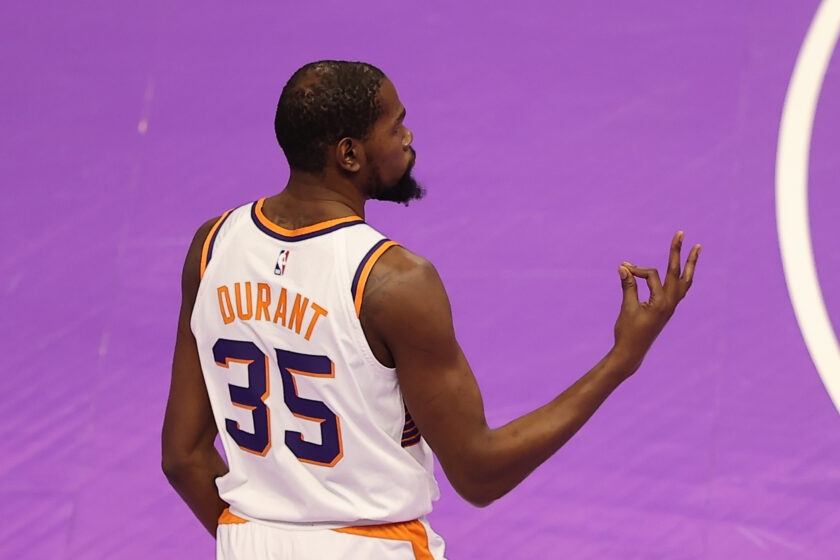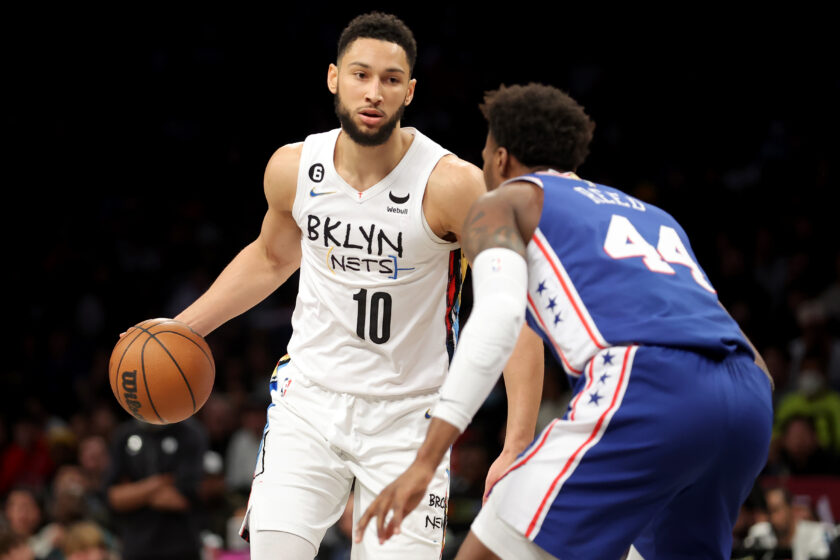Caris LeVert is another Brooklyn Nets playmaker hidden in plain sight
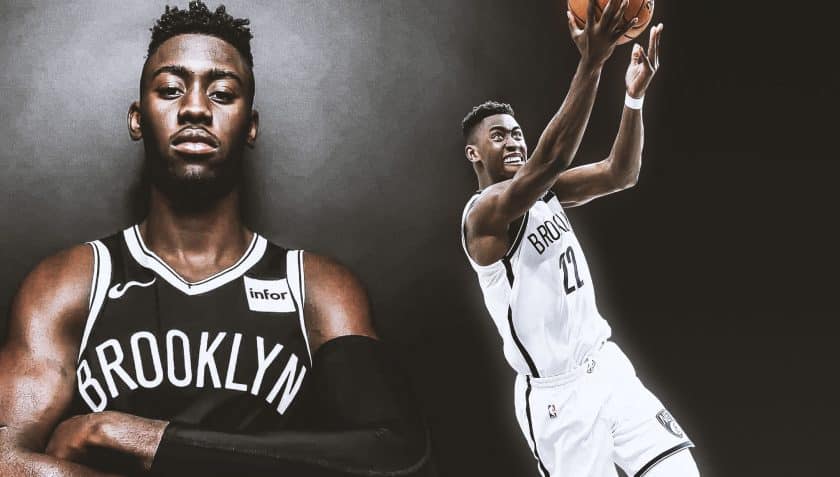
Caris LeVert will play an integral two-way role for the Brooklyn Nets. Can the fourth-year guard advance as a passer?
[sc name=”Matt Brooks Banner”]With the Deng Adel training camp signing made official, the Brooklyn Nets‘ roster is one two-way contract away from being completed next season. Let’s take a glance at Brooklyn’s rotation, shall we?
- Irving / Dinwiddie / Pinson
- LeVert / Temple / Nwaba / Musa
- Harris / (Durant)
- Prince / Kurucs / Chandler / Ellenson
- Allen / Jordan / Claxton
A couple of things stand out. The Nets still don’t have a reliable power forward (Prince should be a three) and are shallow in the small forward department. However, both issues will be mediated by a healthy Kevin Durant… not sure if you’ve heard of him.
There is a more glaring issue with the 2019-2020 roster that isn’t as fixable. Oddly enough, given that Brooklyn excelled in point-guard depth last season, there may be a need for reinforcements at the lead-guard position.
We can’t ignore the possibility that Kyrie Irving misses some games. Per ESPN’s Adrian Wojnarowski, Irving loves “the infrastructure that’s in place (in Brooklyn).” Irving’s enthusiasm for the depth of his new team may lead to a more conservative 2020 approach. Given that Irving has missed time during two of his last five postseason appearances, it may be best to manage his load as much as possible.
Head coach Kenny Atkinson uses a deep rotation with fewer minutes per player. Even when Irving is 100%, Brooklyn still may require a third guard to suck up early quarter minutes. Say what you want about his role (which diminished as the season progressed), but Shabazz Napier was an important piece who carved up opponents during the more rigorous parts of the season.
As it stands, Theo Pinson is in line for a big promotion — yet he may not be ready to contribute to this immediately competitive ballclub. There’s certainly room for a guy to handle the ball when both Irving and Spencer Dinwiddie are sitting courtside.
At the shooting guard position, the Nets are flat-out loaded. Perhaps one of those two’s can become a de facto one.
Caris LeVert‘s counting stats aren’t particularly overwhelming in the playmaking department. The dude averaged a solid 3.9 assists last year. LeVert also recorded a 23.1% assist percentage during the regular season — well below Brooklyn’s season-leader (D’Angelo Russell) and his 39.2% assist percentage.
What exactly leads me to believe that there’s another level for LeVert? How can he grow into Brooklyn’s third-string playmaker?
Let’s hop across conferences and check-in on a comparison point for our friend Caris: DeMar DeRozan. Similar to LeVert, DeRozan is one of the league’s shiftiest players. The San Antonio two-guard comes equipped with head fakes that make defenders do splits, skyscraping floaters, and the unparalleled ability to draw fouls.
For most of his career in Toronto, being a devastating one-on-one player was DeMar’s sole identity. This isn’t a slight; the former USC hooper advanced to four All-Star Games as a Raptor. But upon being traded to San Antonio, DeMar changed his game to fit Gregg Popovich’s system.
While his three-point shot is still TBD, DeMar’s passing advanced in a major way as a member of the guard-deficient Spurs last season. DeRozan averaged a career-high 6.0 assists.
[sc name=”Nets Center”]To be clear, it took DeRozan years of incremental progress to arrive at last season’s top-25 mark. So expecting LeVert to take such a dramatic leap and nearly double his 2018-2019 average is unrealistic. But I do believe there is a misconception surrounding LeVert’s ability to create for others. In Atkinson’s egalitarian offense, the 24-year-old should take an unexpected step.
The postseason provided us with hopefulness when thinking about one of the signature faces of this franchise. The series against Philadelphia shook our memories violently to remind us of LeVert’s isolation destructiveness. But it also shed new light on his shrewdness as a playmaker.
LeVert was the leading provider in assists to both of Brooklyn’s bigs, Ed Davis and Jarrett Allen. Caris’ chemistry with Allen was especially worth monitoring considering the Fro will (likely) be Brooklyn’s starting center come opening night — alongside LeVert, of course.
I’ll provide a link to all of Jarrett Allen’s postseason buckets from LeVert assists here. Notice how most of them stem from two-man pick-and-roll action. After scoring 62 points in three games on (mostly) drives, free throws, and some three-pointers, LeVert became an early one-on-one enigma against the Sixers.
Suddenly, Philadelphia had to account for him at all times, and this created looks for his teammates. The clip below is a great example of LeVert’s gravity. Take note of how the slicing Nets guard sucks in Joel Embiid and Jimmy Butler — thereby giving Jarrett Allen a wide-open dunk opportunity.

Caris’ fearlessness down the lane opened up the floor for the surrounding Brooklynites and the numbers certainly back up this conviction. Caris LeVert was the team-leader in passes off drives with 5.4 per game. (Those passes, of course, turned into a team-best 1.6 drive-related assists).
Becoming a lethal lob supplier is the seed that will grow Caris into a beautiful playmaking tree. Even with all of the time missed, LeVert has still found a way to charitably hardwire his brain towards big-men teammates. Next season, he’s surrounded by a group of dunk-hungry centers: Jarrett Allen, DeAndre Jordan, and perhaps Nic Claxton. General manager Sean Marks practically constructed this roster to nurture Caris’ growth by playing to his strengths as a sprayer of lobs. The Kiwi general manager is ready to take this thing public, I tell ya.
Caris’ growth could resemble that of another shifty two-guard: James Harden. Harden’s Lob-City lite chemistry with former teammate Dwight Howard was the initial sign of passing greatness. After mastering the lob-pass, Harden worked dutifully on kick-out passes to the corners (with both hands). Now, Harden can make every pass imaginable.
Now, let me be clear about something: I am not comparing Caris LeVert to James Harden. This is simply a lane of growth for Brooklyn’s two-guard of the future.
Now, to play devil’s advocate, Caris showcased some tunnel vision in the past. His closeout to the 2019 regular season was downright hideous; I think the dude may have passed the ball twice in a dozen or so games. But here’s something to keep in mind: LeVert (still) has yet to stay on the floor for an extended period of time. Should he finally play a full season, I’ll bet he showcases that knack for facilitating.
I want to put this to rest. Caris LeVert isn’t a black hole; his recessive passing gene simply hasn’t been flicked on. The Spurs-ian signs of making the right play are in there somewhere. He was, after all, Brooklyn’s leader in secondary assists (aka hockey passes) last season. The dude is constantly scanning the court for the right basketball play. Now, it’s about doing that when the ball is in his hands and the clock is ticking.
I mean, c’mon. Plays like this suggest there’s another level for young Caris LeVert.

All of the chatter surrounding LeVert’s weaknesses pertains to his shooting. To his detractors’ credit, it’s certainly something he needs to work on. But fans of the Nets should hope his passing blooms. Should Brooklyn further empower him as their third-string ballhandler, the 24-year-old could reach that next level almost immediately.
Let this be the day that the legend of point-Caris was born.
[sc name=”Nets Link Next” link=”https://elitesportsny.com/2019/07/27/brooklyn-nets-offseason-of-upgrades-yields-an-enforcer-wilson-chandler/” text=”Brooklyn Nets’ offseason of upgrades yields an enforcer: Wilson Chandler” ]An NBA fanatic who specializes in the advanced analytics of the game. I cover the Brooklyn Nets here in the city. Follow me on Twitter for semi-witty basketball tweets. @MattBrooksNBA

